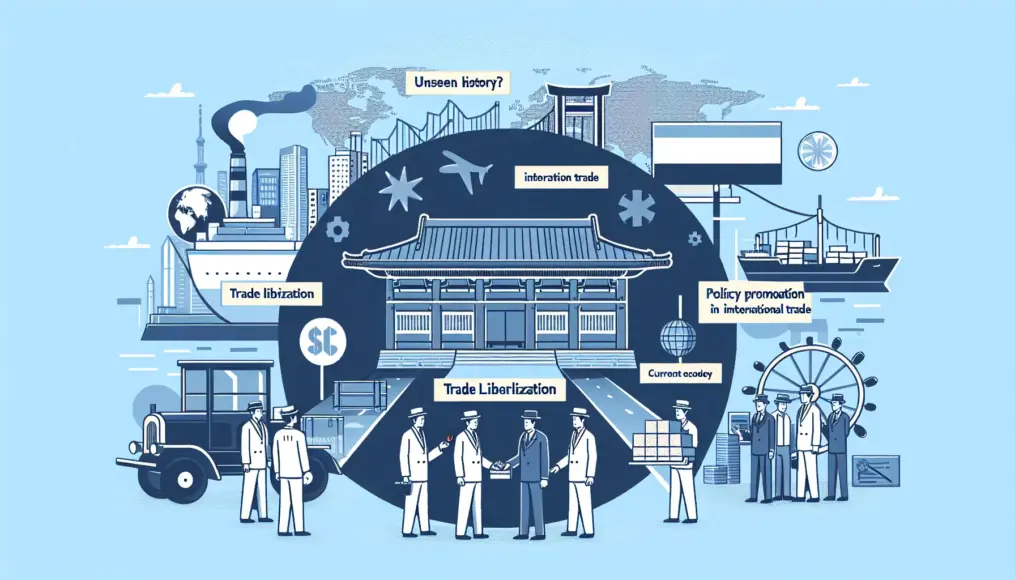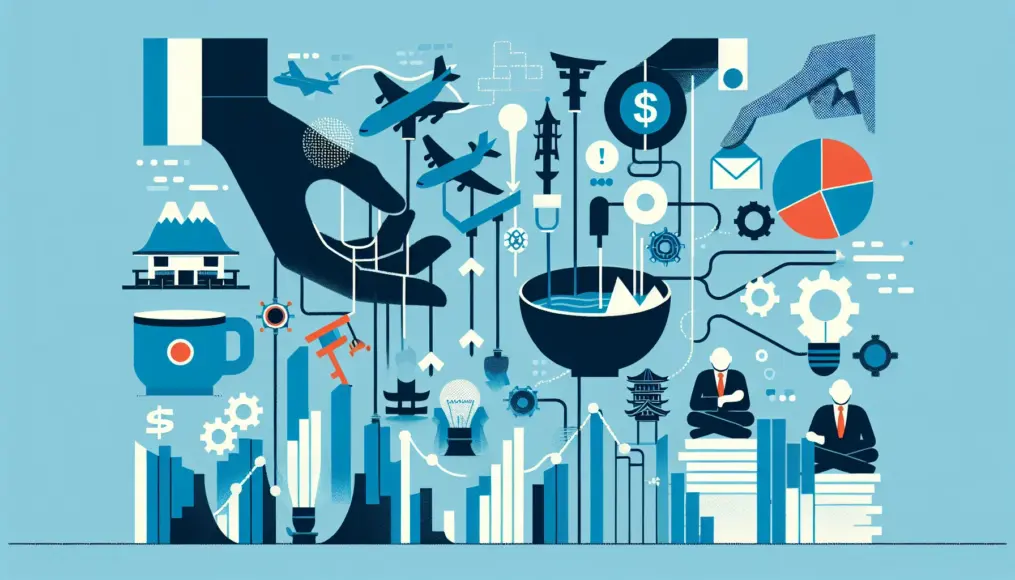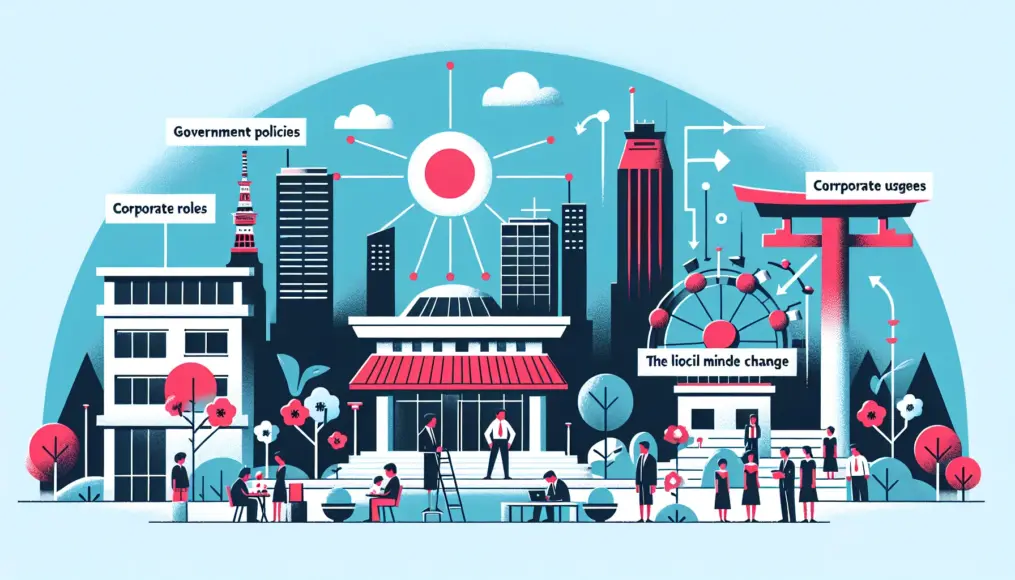Trade liberalization refers to policies that allow a country’s economy to engage in international transactions more freely. This initiative aims to foster competition in the global market and provide consumers with a wider array of choices. However, the effects of trade liberalization extend beyond economics, often leading to significant changes in society as a whole.
In this article, we will delve into the definition and objectives of trade liberalization, explore its historical background, and examine the impacts it has produced. By reflecting on the past, we can also consider the challenges we face today and the prospects for the future.
- Explore the fundamental concepts and goals of trade liberalization
- Focus on historical context and key events
- Reflect on contemporary challenges and future outlook
Understanding Trade Liberalization: Definition and Key Concepts
Trade liberalization refers to the process of reducing policies and regulations that restrict transactions between countries, allowing for a freer exchange of goods and services. This approach aims to enhance economic efficiency and provide consumers with a wider array of choices. As trade liberalization progresses, competition within domestic markets intensifies, prompting companies to strive for better products.
In this section, we will delve into the objectives of trade liberalization and clarify some basic terminology. By grasping the concept of trade liberalization, you will gain a deeper understanding of international economic dynamics and the impact of various policies.
Objectives of Trade Liberalization
The primary goal of trade liberalization is to maximize the use of each country’s resources and characteristics, thereby promoting economic growth. Additionally, fostering international competition through free trade is a critical objective, as it enhances convenience and options for consumers. As a result, prices are expected to decrease, and higher-quality products will become available in the market.
Moreover, trade liberalization serves as a catalyst for international cooperation and strengthens relationships between nations. By tightening economic ties, it is believed to contribute to peace and stability on a global scale.
- Enhances economic efficiency
- Aims to provide consumers with diverse choices
- Promotes international competition and strengthens cooperation among countries
Key Terminology Explained
Some fundamental terms related to trade liberalization include tariffs, non-tariff barriers, and free trade agreements. Tariffs are taxes imposed on imported goods, which can restrict trade if they are set too high. Non-tariff barriers refer to trade restrictions that are not based on tariffs, including regulations and procedural hurdles.
Free trade agreements are arrangements between specific countries to establish rules regarding trade and mutually lower tariffs. This fosters increased trade among member nations and strengthens their economic connections.
If you’re interested in this topic, you might also enjoy reading “Exploring the History and Future of the LDP Government!.” This article provides in-depth insights into the historical context and policy changes of the LDP government and how they impact international relations, including the political aspects related to trade liberalization.
- Tariffs are taxes on imports that restrict trade
- Non-tariff barriers are trade restrictions other than tariffs
- Free trade agreements establish trade rules between countries
Historical Background and Evolution
Trade liberalization is not just an economic policy; it’s a significant theme that has evolved through various changes in history. The origins of trade liberalization can be traced back to the development of the global economy and shifts in national policies. In this section, we will delve into the beginnings of trade liberalization and explore key historical events that have shaped its course.
By looking back at history, we can better understand how trade liberalization has evolved and consider how these historical events continue to influence modern trade policies.
The Dawn of Trade Liberalization
The roots of trade liberalization reach back to the Industrial Revolution of the 19th century. During this period of industrialization, nations increasingly needed to export their goods while also importing products from abroad. This necessity led to a reevaluation of trade regulations and tariffs, paving the way for the idea of free trade to gain traction.
A significant milestone in this journey was the repeal of the Corn Laws in Britain during the 1850s, which marked a crucial step toward trade liberalization. This action allowed for unrestricted imports of agricultural products, accelerating economic growth. Following this, many countries began to take measures to promote free trade.
- Trade liberalization has its origins in the 19th-century Industrial Revolution
- The repeal of the Corn Laws in Britain was a pivotal moment for free trade
- Free trade stimulated economic growth
Key Historical Events
Several important historical events have influenced the progress of trade liberalization. One notable example is the establishment of GATT (General Agreement on Tariffs and Trade) in 1947. This agreement laid the groundwork for promoting international trade, aiming to reduce trade barriers among nations.
Furthermore, the creation of the WTO (World Trade Organization) in 1995 further strengthened the framework for trade liberalization. The WTO plays a crucial role in formulating trade rules and facilitating smooth international trade. These historical events have significantly impacted the advancement of trade liberalization.
- GATT was established in 1947, laying the foundation for trade promotion
- The WTO was founded in 1995, reinforcing trade liberalization
- These events helped establish trade regulations
The Impact of Trade Liberalization
Trade liberalization not only stimulates international economic activity but also has various effects on domestic economies and societies. In this section, we’ll explore the changes brought about by trade liberalization, focusing particularly on its economic and social impacts.
As trade liberalization progresses, markets across countries become more integrated, strengthening economic ties. However, this integration also affects labor markets and local communities. By understanding these impacts, we can gain a clearer picture of both the advantages and disadvantages of trade liberalization.
Economic Impacts
Trade liberalization serves as a crucial driver of economic growth. With intensified international competition, companies are pushed to enhance their production efficiency and foster innovation. Additionally, consumers benefit from a wider variety of products, typically leading to lower prices. This trend is expected to contribute to an improved standard of living.
Nonetheless, trade liberalization comes with its own set of risks. Notably, domestic industries may suffer when faced with foreign competition, raising concerns about job losses and industrial decline. To mitigate these effects, appropriate policies are essential.
- Acts as a catalyst for economic growth
- Encourages companies to optimize production and innovate
- Carries risks for domestic industries due to increased competition
Social Impacts
Trade liberalization also exerts a significant influence on society. The rise in international trade fosters cross-cultural exchanges and strengthens relationships between countries, promoting international understanding and cooperation.
On the flip side, there is a possibility that trade liberalization may widen regional disparities. Some areas or industries that face fierce competition may experience economic imbalances. To address these challenges, regional development initiatives and employment support measures are necessary.
- Advances cross-cultural exchanges and promotes international understanding
- Risks of increasing regional disparities
- Calls for supportive policies to address these issues
Challenges and Future Prospects of Trade Liberalization in Today’s World
Trade liberalization has played a crucial role in the development of the global economy, but it faces numerous challenges in the modern era. With differing policies across countries, the rules and procedures surrounding trade have become increasingly complex, creating obstacles for businesses and consumers alike. This chapter examines the policy challenges of contemporary trade liberalization and explores potential future directions.
As the need for international cooperation and regulatory frameworks grows, we will investigate how trade liberalization is expected to evolve and what issues need to be addressed along the way. This exploration will provide insight into how the future of trade liberalization may unfold.
Current Policies and Challenges
The challenges facing modern trade liberalization are varied and significant. The rise of protectionism and the impact of trade wars are notable examples. In some countries, there has been a trend towards raising tariffs and withdrawing from trade agreements to protect domestic industries. These actions heighten the risk of reversing progress in trade liberalization.
Additionally, as technological advancements continue, the importance of digital trade and services trade is on the rise, yet regulations in these areas have not kept pace. Addressing these challenges will require robust international cooperation.
- The rise of protectionism impacts trade liberalization
- Regulations on digital trade are currently inadequate
- The necessity for international cooperation is increasing
Future Outlook and Possibilities
The future of trade liberalization presents a variety of prospects and possibilities. As countries engage in international agreements and strengthen economic partnerships, there is potential for further progress in trade liberalization. Moreover, the introduction of new technologies may enhance trade efficiency, allowing more nations to reap economic benefits.
Furthermore, with growing awareness of environmental issues and social challenges, initiatives aimed at achieving sustainable trade are also expected to gain traction. This will not only contribute to economic gains but also enhance the welfare of society as a whole.
- International agreements will promote trade liberalization
- Trade efficiency is expected to improve through new technologies
- Efforts towards sustainable trade will be prioritized
Conclusion
Trade liberalization has played a crucial role in the development of the global economy. Its primary aim is to enhance competition in domestic markets and provide consumers with a diverse range of choices. However, it also faces various challenges. Notably, the rise of protectionism and insufficient regulations surrounding digital trade highlight the pressing issues that modern policies must address. To tackle these problems, international cooperation is essential.
Looking ahead, efforts towards achieving sustainable trade are likely to take center stage. Through the adoption of new technologies and the establishment of international agreements, we can expect trade liberalization to advance further, contributing not just to economic gains but also to the overall welfare of society.
- Trade liberalization plays a vital role in the global economy
- Modern trade liberalization faces challenges like protectionism
- Future trade liberalization will depend on sustainability and international cooperation
Have you gained a deeper understanding of trade liberalization? We’d love to hear your thoughts and opinions in the comments!



Comment